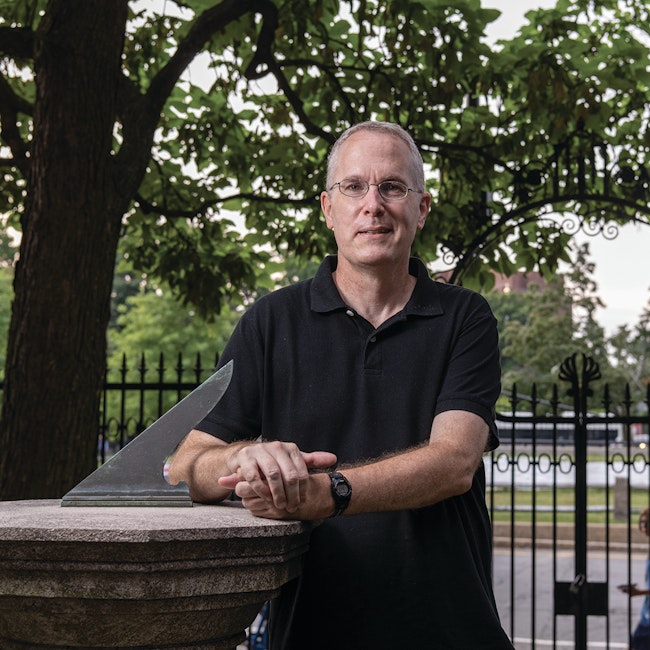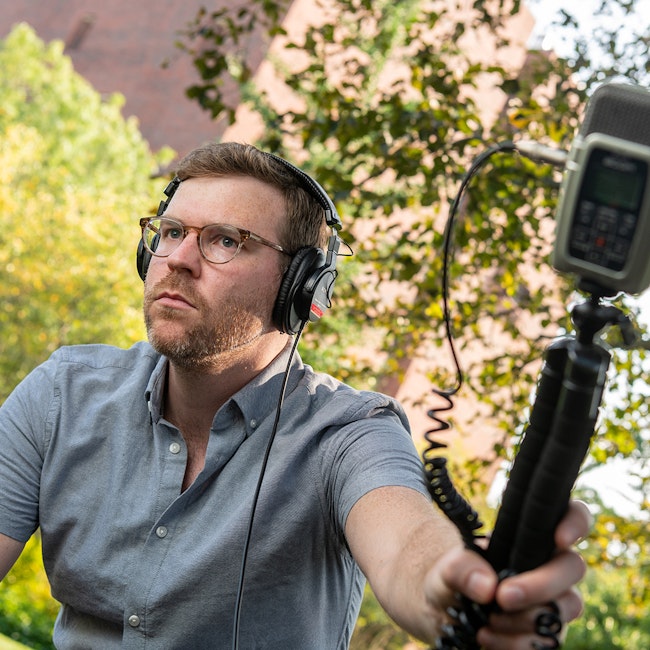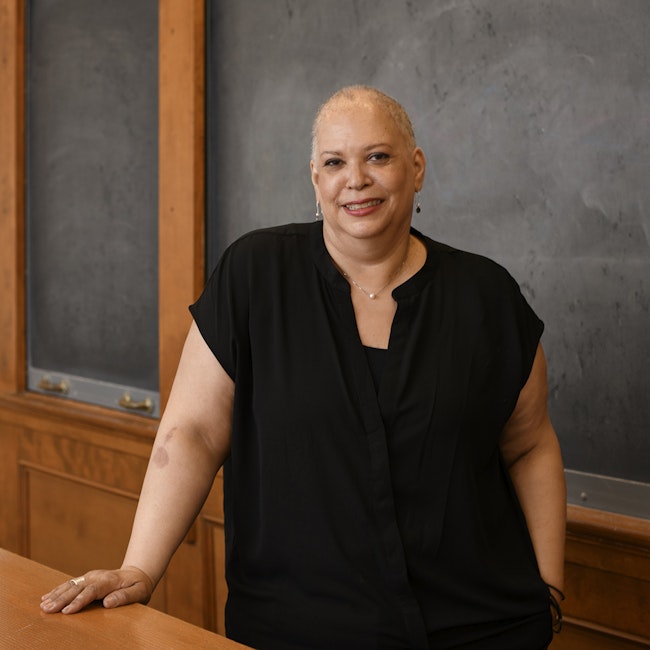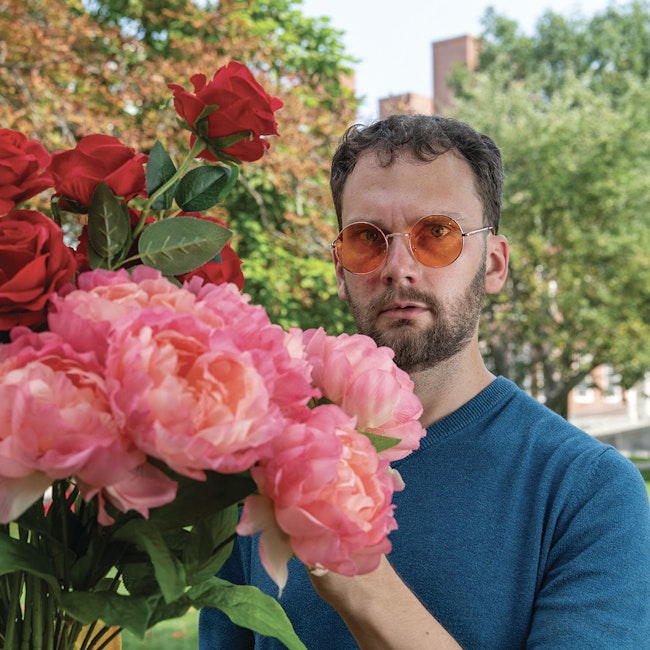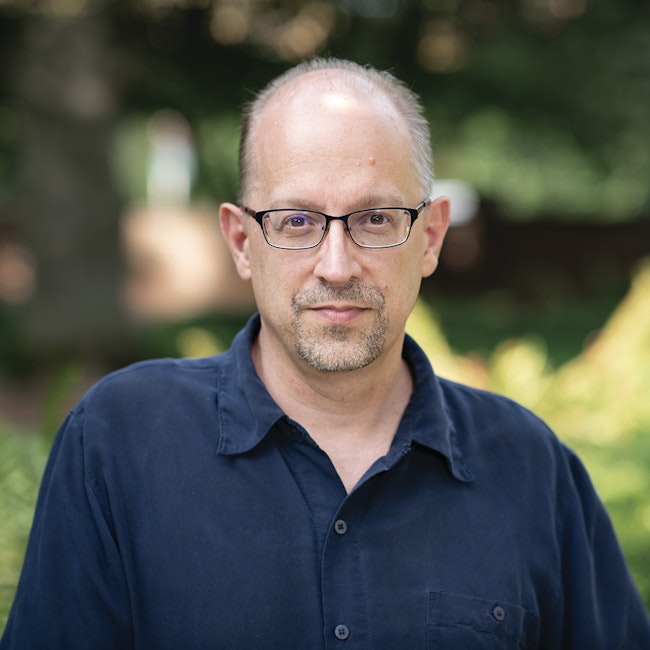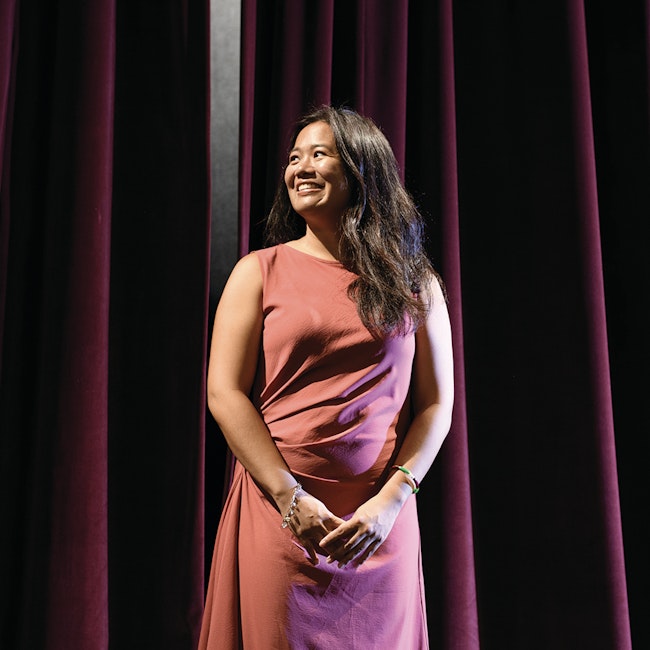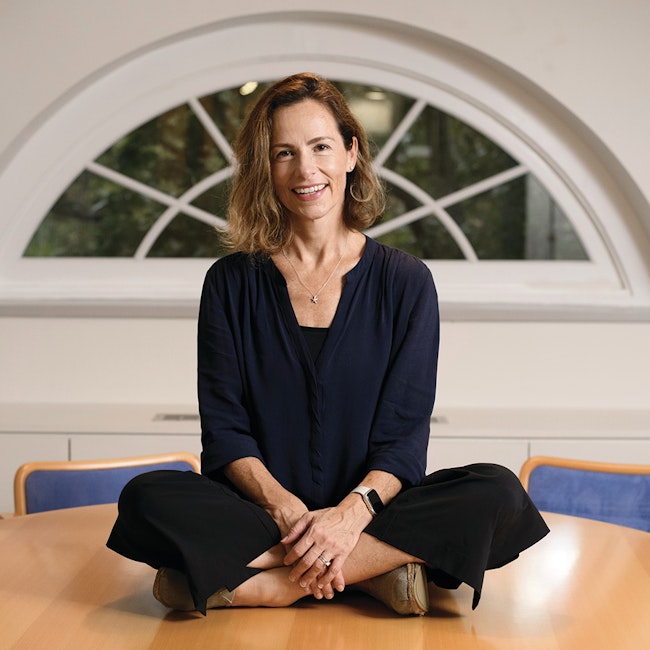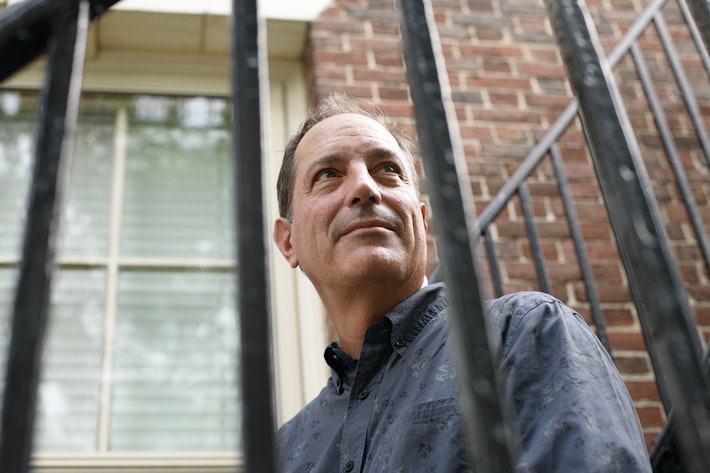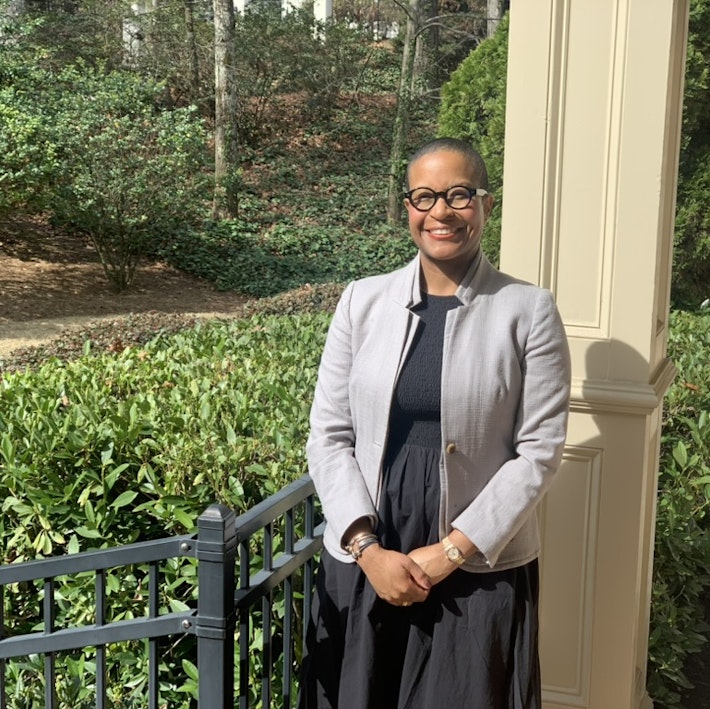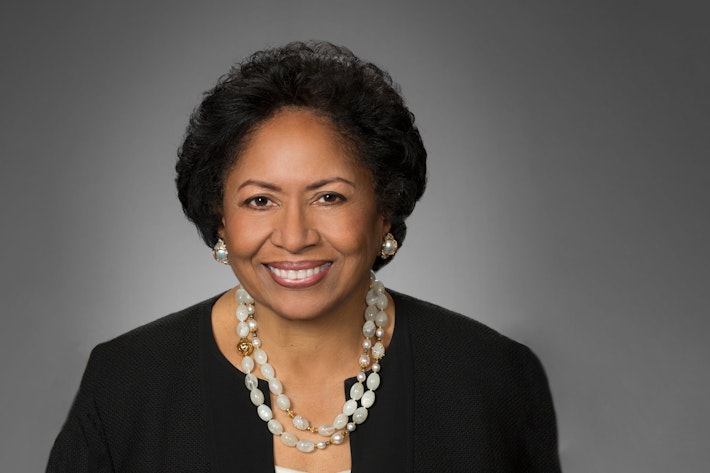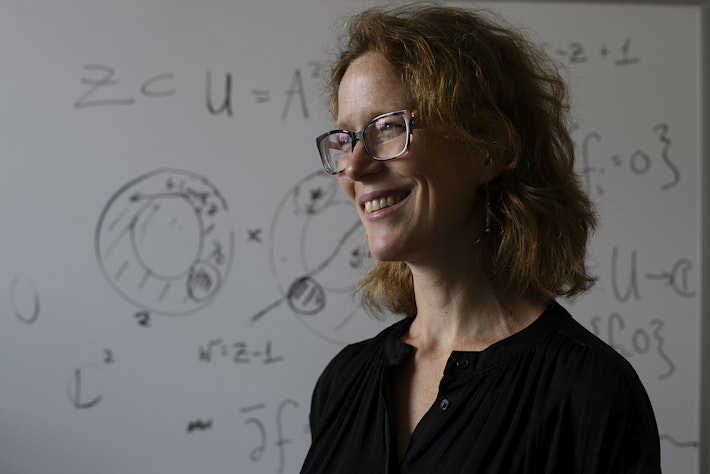Mary (Polly) Ingraham Bunting
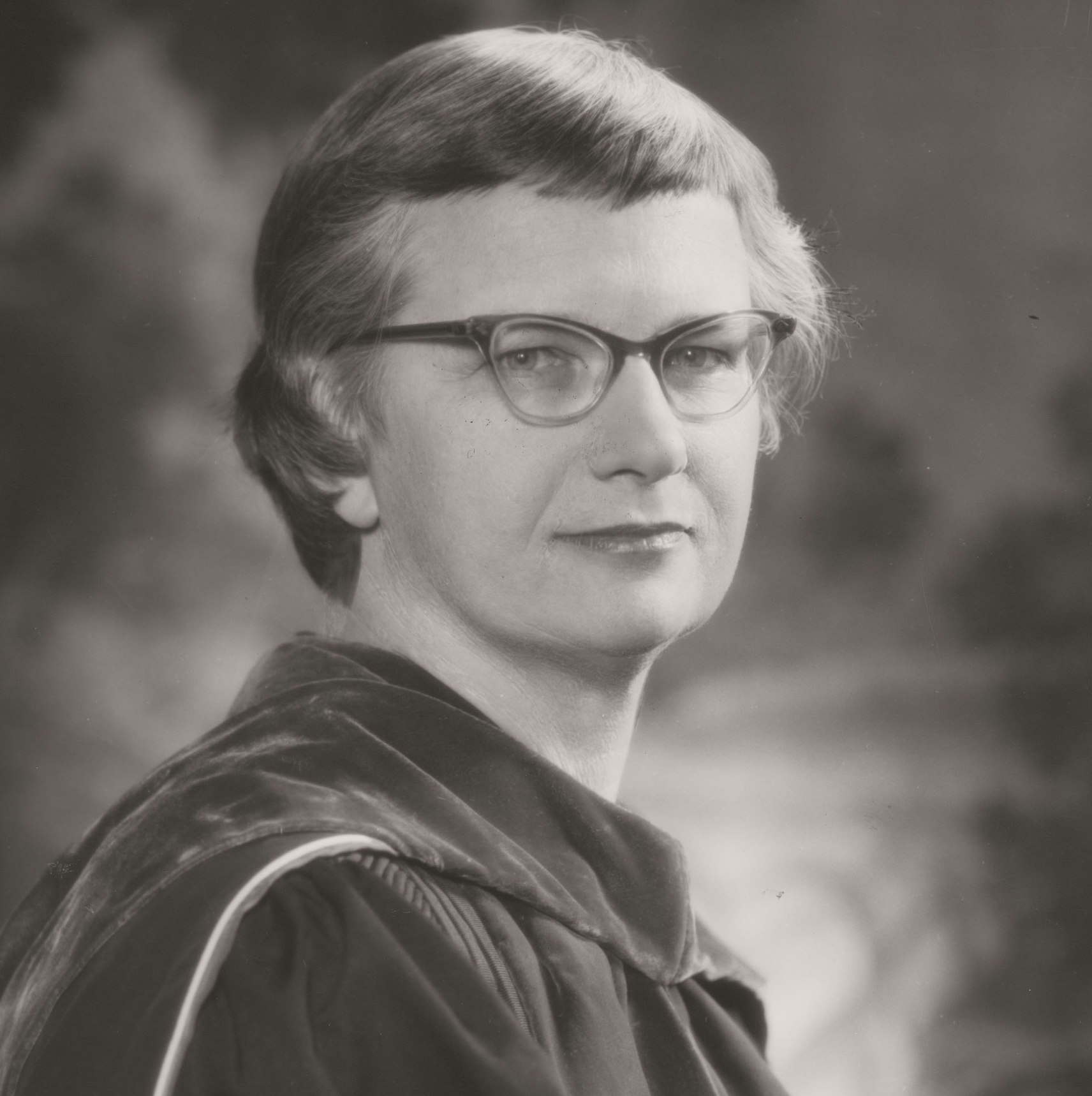
Mary Ingraham Bunting was born in Brooklyn, New York, and earned an undergraduate degree from Vassar College and a master’s and doctoral degree in bacteriology from the University of Wisconsin. Early in her career, she taught at Bennington College, Goucher College, and Wellesley College. She was also a research assistant and lecturer in microbiology at Yale University. In 1955 she became the dean of Douglass College at Rutgers University, in New Jersey, where she was also a professor of bacteriology. In 1960, she was appointed the fifth president of Radcliffe College. In 1964, during her presidency, Bunting became the first woman to serve on the US Atomic Energy Commission.
While president of Radcliffe, she introduced many new programs and radically changed the structure of the College. She established the Radcliffe Institute for Independent Study in 1961, which subsequently was renamed the Bunting Institute in her honor in 1978.
The Institute was a research center for postgraduate women to help reverse the “climate of non-expectation for women.” It became the nation’s largest multidisciplinary center for advanced studies for women, counting among its alumnae the poet Anne Sexton; the writers Gish Jen, Sue Miller, and Alice Walker; the psychologist Carol Gilligan; the scientist Sylvia Earle; and the performance artist Anna Deavere Smith.
Bunting’s objective at Radcliffe was to integrate women more fully into Harvard University. During her presidency, Radcliffe students began receiving Harvard degrees, women were admitted to the Harvard Business School, and the Radcliffe Graduate School merged with Harvard’s Graduate School of Arts and Sciences. Joint commencement exercises began in 1970. She created a new residential house system for undergraduates and launched a capital campaign that had far-reaching effects.
According to the historian Drew Gilpin Faust, Bunting had, by the late 1960s, come to feel that the merger of Harvard and Radcliffe should and could be accomplished. “Bunting and Harvard President Nathan Pusey optimistically undertook a series of discussions, but she would not realize her goal,” Faust wrote in Mingling Promiscuously. Radcliffe’s trustees and alumnae had reservations about consolidating the two institutions, so the new arrangements [of 1971]—which “placed women’s residential life under Harvard’s direction, Radcliffe employees subject to Harvard’s personnel administration, and most of Radcliffe’s income under Harvard’s control”—came to be known as the “non-merger merger.” The Radcliffe Institute for Advanced Study, established in 1999, has its roots in the institute that Radcliffe’s fifth president founded.
